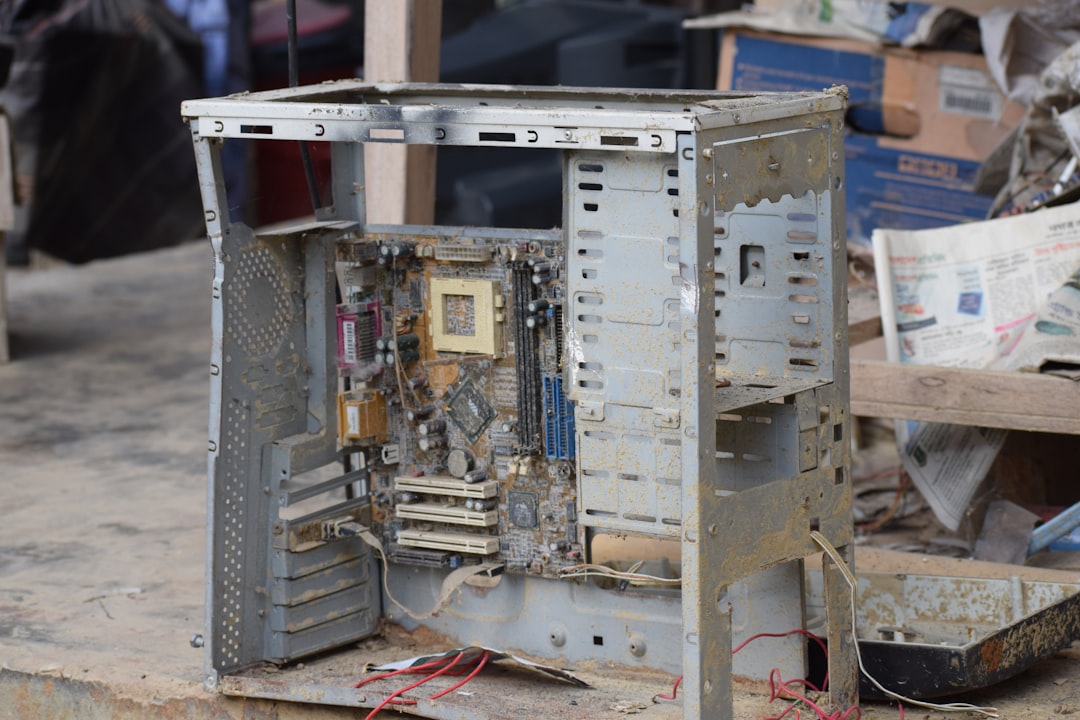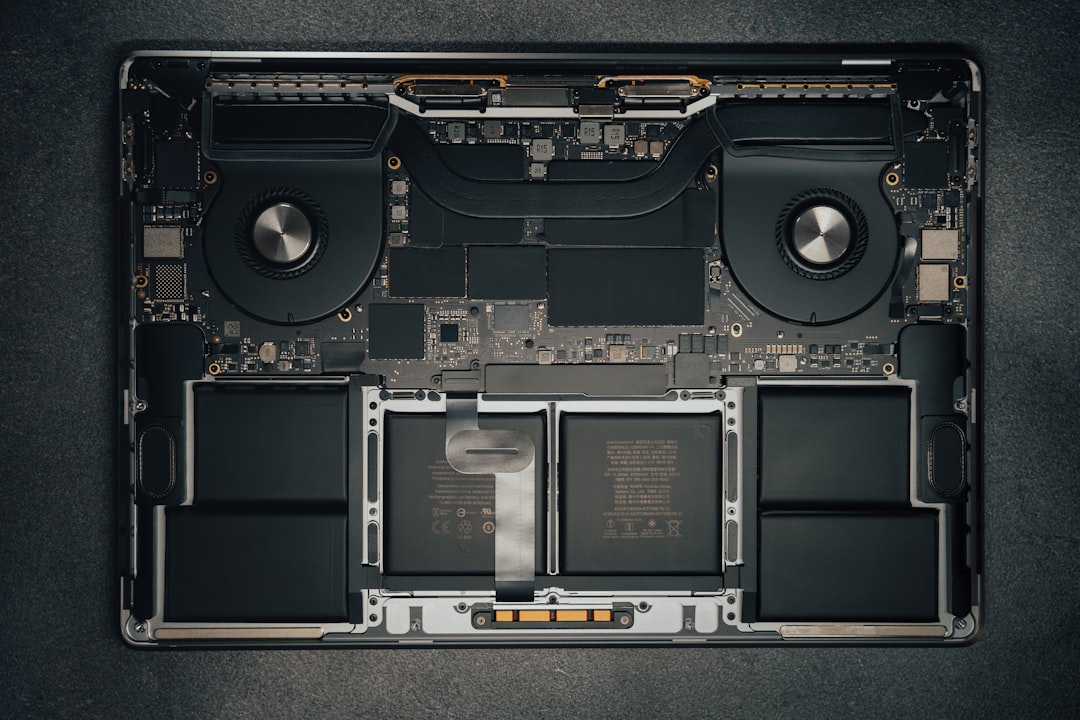Modern computing devices often rely on modular components to offer flexibility, customization, and repairability. One of the lesser-known yet crucial components in this modular design is the daughterboard. Though it doesn’t receive as much attention as a motherboard or graphics card, the daughterboard plays an essential role in system architecture, particularly when it comes to upgrades and long-term usability.
What Is a Daughterboard?
A daughterboard—also known as a mezzanine board—is a smaller printed circuit board (PCB) that attaches to the main motherboard, expanding its functionality. It often handles specific tasks, such as audio processing, USB or Thunderbolt ports, or input/output (I/O) control. This modular approach enables manufacturers to enhance or modify particular system capabilities without redesigning the entire motherboard.
Unlike add-on cards like GPUs or RAM, which plug into generic slots, daughterboards are typically custom-designed for a particular motherboard layout. That makes them less interchangeable across models, but highly optimized for their specific roles.

Why Daughterboards Matter for Upgrades
As computing needs evolve, so does hardware. The daughterboard’s modular nature makes it a key component in extending the life and functionality of a computing device. Here’s why it matters for upgrades:
- Modularity: Daughterboards allow flexibility by isolating specific system functions. Users can upgrade or replace individual components without a full system overhaul.
- Cost-Effectiveness: Instead of replacing an entire motherboard—which could be expensive—replacing a daughterboard that handles a specific function is often more affordable.
- Customization: Advanced users or enterprises may opt for motherboards that support interchangeable daughterboards for unique setups or specialized tasks, such as high-speed data transfer or enhanced audio input/output.
- Repairability: If a USB-C port or headphone jack fails and is part of a daughterboard, the repair involves replacing only that module, making maintenance simpler and more sustainable.
Common Examples of Daughterboards
Daughterboards are more prevalent than many users realize. In laptops, tablets, and even desktops, you may encounter them in various forms:
- USB and Thunderbolt Expansion Modules: These daughterboards handle high-speed I/O and can be upgraded independently.
- Audio Boards: Separate from the main motherboard, these provide advanced DACs or audio outputs, particularly in high-end audio workstations.
- Wireless Adapter Boards: In laptops, Wi-Fi and Bluetooth modules are often daughterboards that can be replaced or upgraded for better connectivity.

The Future of Upgradable Design
As the tech industry moves toward more modular and sustainable designs, daughterboards are increasingly becoming a focal point in devices aiming for longevity. Framework laptops, for example, have introduced swappable USB modules and motherboards that exemplify how daughterboards can encourage longer product lifespans. Even Apple and other large OEMs are slowly embracing more serviceable architectures where daughterboards play a major role.
For tech-savvy users and professionals, understanding how daughterboards function offers more control over hardware upgrades and maintenance. It can also result in long-term cost savings and greater customization over computing environments.
Frequently Asked Questions (FAQ)
-
Q: Can a daughterboard work on any motherboard?
A: No, daughterboards are typically custom-built for specific motherboards and are not universally compatible. -
Q: Is a daughterboard the same as an expansion card?
A: Not exactly. While both expand functionality, expansion cards use standard interfaces like PCIe, whereas daughterboards are custom-connected components. -
Q: Are daughterboards common in desktops?
A: They are more common in compact systems and laptops, but high-performance desktops may also use daughterboards for specific functions like storage control or advanced audio. -
Q: Can I upgrade the daughterboard myself?
A: In many cases, yes—especially in modular devices designed for user upgrades. However, skill level and device design may limit DIY upgrades. -
Q: What should I consider when replacing a daughterboard?
A: Compatibility with the motherboard, manufacturer specifications, and connector types are key factors to ensure successful replacement.


